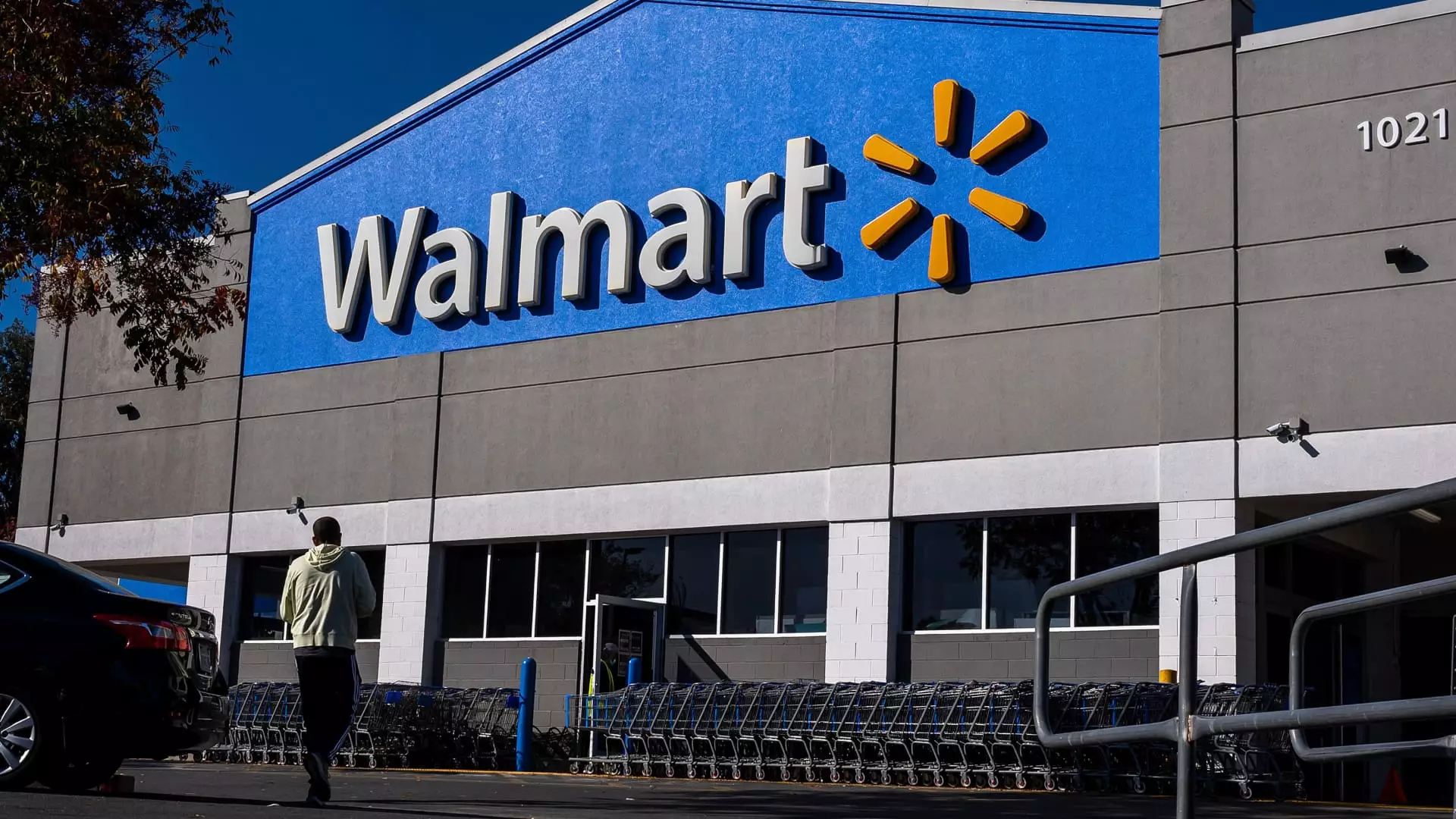Implications of Proposed Tariffs: A Retail Perspective

As the economic landscape remains ever-evolving, the specter of proposed tariffs by the incoming administration has raised alarms among U.S. retail giants. John David Rainey, Chief Financial Officer of Walmart, recently articulated the retailer’s concerns, suggesting that an increase in prices across various goods is a real possibility if these tariffs are imposed. The implication here is significant: while Walmart prides itself on an “everyday low prices” model, external pressures, particularly from tariffs, could undermine this longstanding promise to consumers.
Rainey notably emphasized the uncertainty around specific products that may see price increases. This lack of clarity can be troubling for consumers and retailers alike, as price fluctuations can lead to compromised purchasing decisions. Indeed, consumers trained to expect stable pricing may react negatively to sudden hikes, seeking alternatives that could erode Walmart’s market share.
Walmart’s reflections on potential price hikes echo broader apprehensions prevalent among retail leaders. Matthew Shay, the CEO of the National Retail Federation, described the blanket imposition of tariffs as nothing short of a direct tax on American families. He highlighted concerns over inflation and job losses, revealing a complex interplay between governmental policy and consumer welfare. Shay’s remarks encapsulate the potential economic turbulence that could arise from an aggressive tariff strategy, where the very consumers these policies aim to protect may ultimately bear the brunt of increased costs.
In addition to Walmart, other players in the retail space have begun vocalizing their worries. For instance, E.l.f. Beauty’s CEO Tarang Amin noted that the beauty cosmetics sector could face similar price adjustments if tariffs materialize. Such alarm isn’t limited only to Walmart or beauty brands; it permeates various sectors, indicating that a rise in import costs could ripple through the economy, affecting everything from footwear to household items.
In response to these anticipated challenges, retailers are strategizing to mitigate the financial repercussions of the proposed tariffs. Walmart’s leadership claims that roughly two-thirds of its merchandise is domestically produced or assembled, a statistic that serves as a cushion against the imports likely to incur tariff surcharges. By diversifying sourcing and relying less on China, Walmart aims to navigate the complexities of international trade dependencies that present risks in times of political transition.
Lowe’s, another retail heavyweight, has also acknowledged the impending tariffs, indicating that a substantial portion of its product offerings is sourced internationally. CFO Brandon Sink stated that while they are well-prepared for the situation, the uncertainties surrounding when and how these tariffs will be implemented add layers of complexity to their planning. Here, the emphasis on preparation highlights a common sentiment in the retail industry: adaptability is critical in an unpredictable political climate.
Ultimately, consumer behavior will play a pivotal role in determining the outcome of this potential tariff-induced landscape. If purchasing power shifts due to inflationary pressures from higher prices, retailers may be compelled to rethink their strategies further. For example, if consumers cut back on spending due to increased costs, even retailers like Walmart, known for their resilience and adaptation, could face challenges.
Moreover, the forthcoming economic environment may compel retails to innovate their pricing and sourcing strategies to retain consumer loyalty. Strategies might include amplifying private-label brands or enhancing value propositions to offset increased costs—a measure that could simultaneously sea-floor sales while preserving profit margins.
In sum, as the dialogue around tariffs unfolds, retail executives remain wary of the potential fallout from these policies. The overarching sentiment is one of caution, with a unified call for proactive measures to cushion the impacts of rising prices amid inflation concerns. While Walmart and Lowe’s arm themselves with strategies to navigate this evolving landscape, the ultimate fate of consumer pricing and retail vitality rests on the unpredictable nature of international trade and its effects on the larger economy.





